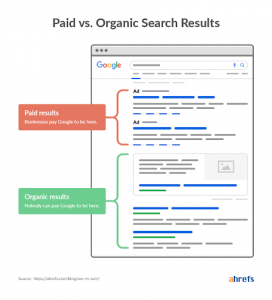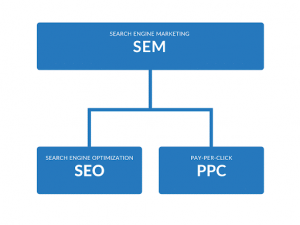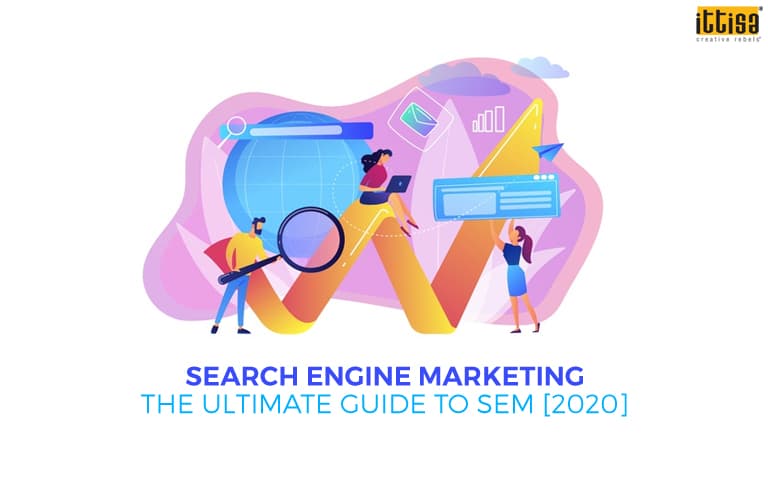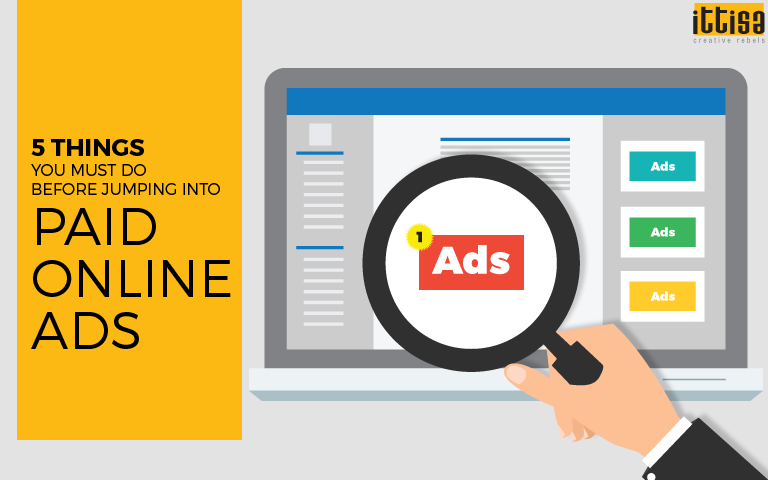June 18, 2021
How to Combine SEO & PPC Data for More Powerful Results?
Introduction
As a customer, when you need something, you simply go on Google and search for it. You see thousands of search results appear within a fraction of a second. Have you ever noticed that the first few search results have the word “Ad” written on it? These appear on top because they have paid Google. The search results after the “Ads” section are organic and are shown to you because Google’s algorithm finds them relevant. There are two strategies behind the ranking of websites on the search engine results page i.e. Search Engine Optimization (SEO) and Pay-Per-Click (PPC).
SEO and PPC
The “Ads” you see are are a result of Pay-Per-Click advertising, where you bid on keywords (which are search queries for which you want your page to show up), set target audience metrics (demographic data) and run ad campaigns that show up at the top of the search results page! When we talk about organic ranking, we are referring to Search Engine Optimization, where you need to adjust your content according to Google’s algorithm so that it finds your website more relevant than others.SEO vs PPC
From a business owner’s perspective, you would have to invest time and money in making your website Search Engine Optimised. Further, it is a slow process and fruitful results take time to show. However, once you “organically” build yourself to the top, you will get consistent leads, and often people skip the ads which appear on the top because they trust the organic results more. Pay-per-click on the other hand charges you only when a user clicks on the ad, and results are relatively faster. On the down side, once you turn off the Ad campaign, you will probably not be able to drive traffic to your website anymore.Which is better?
No one is better than the other, and as explained, they both have their own advantages and limitations. Just paying for ads in order to boost a website that does not answer the search query will not give you conversions, which is your ultimate goal. Thus, we introduce SEM - Search Engine Marketing, which combines the two, i.e. paying for advertising and putting efforts to make your website search engine friendly/compliant.The main difference between SEO and SEM is that SEO focuses on increasing the quality of your content, whereas SEM focuses on increasing traffic to your page.



